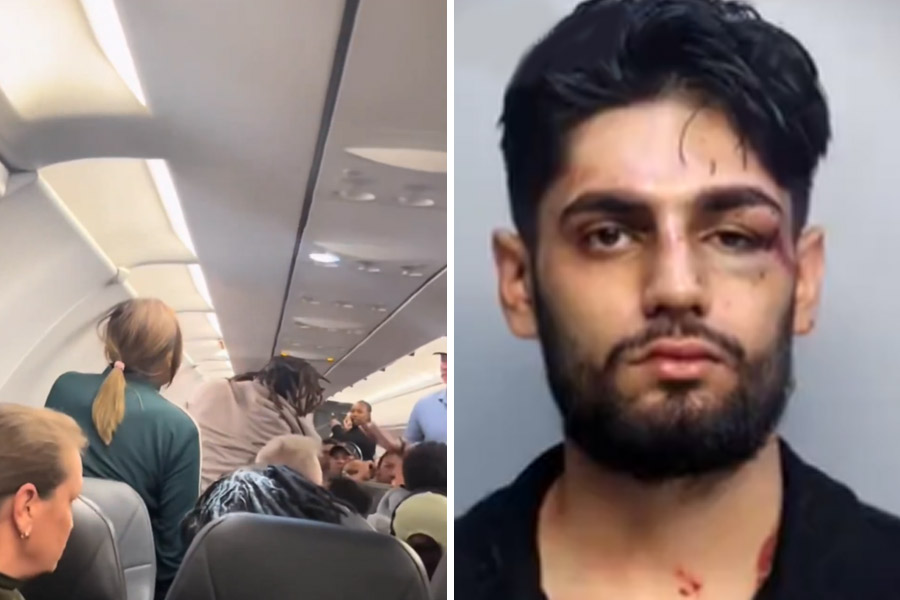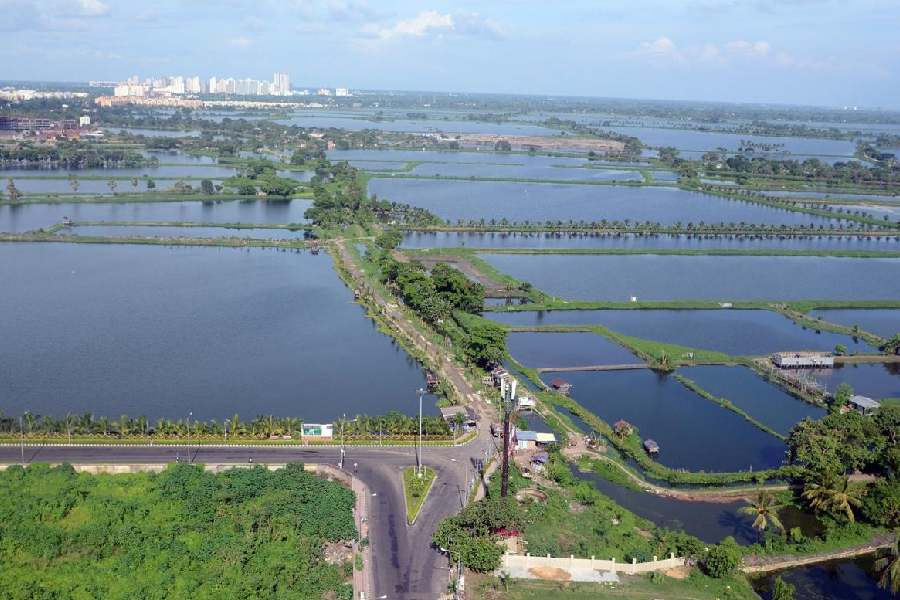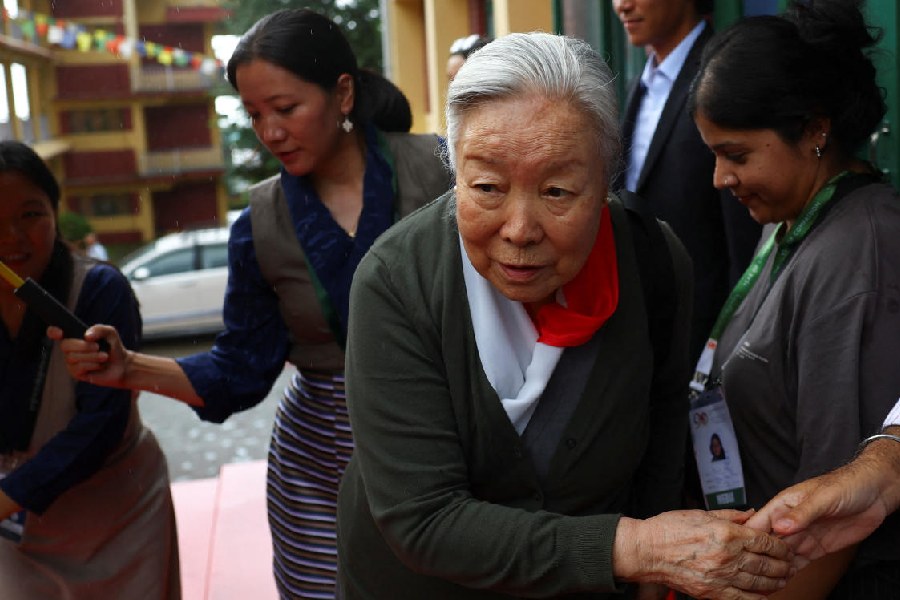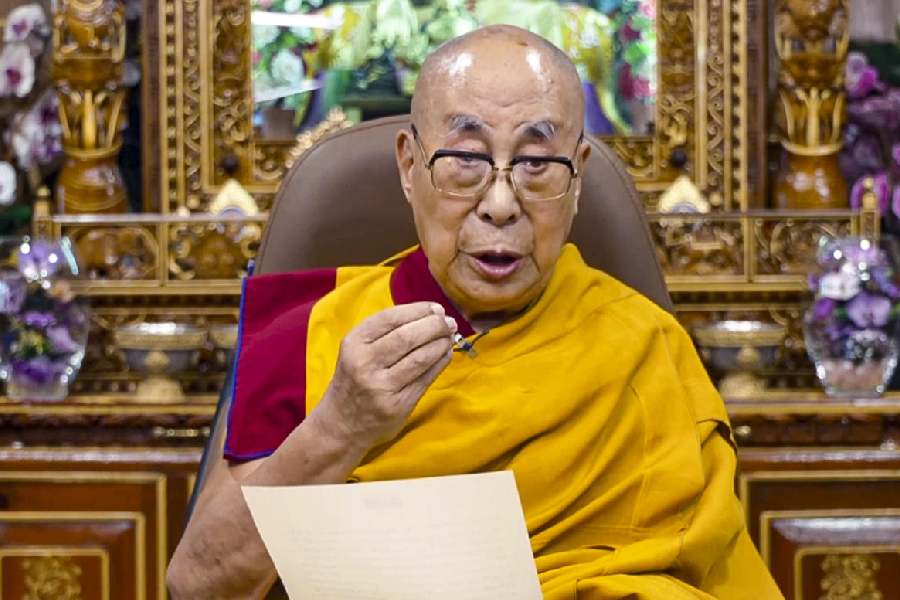 |
Calcutta, Oct. 26: A train driver today confirmed to The Telegraph that he had seen a person standing beside the tracks and jump in front of the engine on the morning of September 21 — the day Rizwanur Rahman died.
S.P. Sinha, the driver of the Sealdah-Burdwan local, has passed on the information to CBI officers who said the statement had yet to be “corroborated by facts”. No conclusion should be drawn as several loose ends are yet to be tied in the Rizwanur case, an officer cautioned.
The same driver did not tell the CID of the incident when he was questioned on September 30. The Telegraph had reported on October 3 that the driver told the CID his train did not hit anyone but he saw a body lying by the side of the tracks.
Neither did the driver inform the railway control room of an untoward incident, which guidelines require him to do if the train hits a person.
“The person was standing beside the tracks and I could see the figure from a distance. But it did not seem the person would jump,” Sinha said. “However, as the train got very close, the person suddenly jumped.”
Arun Kumar, the CBI joint director heading the probe, said the train driver told the agency as much. “Yes. He has recorded his statement with us that states precisely this. However, all statements should be corroborated by facts which is not the case here,” Kumar told The Telegraph from Delhi.
Asked whether the statement has helped establish the cause of Rizwanur’s death, Kumar said: “So far, we have not drawn any conclusion. Investigation is still going on to ascertain the fact.”
The train was passing the stretch between Bidhannagar Road and Dum Dum Junction stations at around 10.30am. It had left Sealdah station at 10.23am, eight minutes behind schedule. The train was running at a speed of around 50km an hour.
Explaining why he could not save the person who jumped, Sinha said: “I applied the brakes but knew even then that it was a futile attempt and it was too late.”
The driver said that because of the momentum, the train knocked down the person who, Sinha believes, died instantly. The train hit the person’s head partially, he added.
The guard of the train, S.K. Sarkar — who was at the rear and could not have witnessed the collision — saw the body lying beside the track and informed the Dum Dum station control.
Eight minutes before the BS1 Up, which Sinha was driving, a Sealdah-Bongaon local had passed the area but the driver of that train did not report seeing anything unusual.
According to railway guidelines, when a person is run over, the driver will have to tell the guard over walkie-talkie or by intercom. The guard should inform the nearby stationmaster. The driver can also inform the stationmaster.
The stationmaster will then inform Government Railway Police (GRP) and an unnatural death case will be lodged.
The stationmaster will then record in a diary the name of the driver or the guard, the train number and the time at which information came in. Since a person on tracks is considered a trespasser, no case will be lodged against the driver. However, drivers often do not report runover deaths to avoid police interrogation and harassment.
CBI officers said the driver’s statement could not be considered the last word.
“Rizwanur had called his cousin Ijaz from a PCO near Rajabazar market on September 21 morning asking him to hand over a packet to his brother Rukbanur. There were at least seven to eight PCOs near Rajabazar crossing but why did he make a call from a PCO near the market which also accommodates a beauty parlour?” an official asked.
A CBI team, which had visited the PCO on Wednesday and Friday, questioned the parlour’s owner for an hour.
Another discrepancy relates to the text messages that purportedly went out of Rizwanur’s phone. According to transcripts, a message to Ashok Todi at 9.10am said: “Papa, there is five minutes before I will kill myself. Talk to me for the last time.”
However, “when Rizwanur called Ijaz later, he said he would be back after an hour. This is a major discrepancy,” an officer said.










